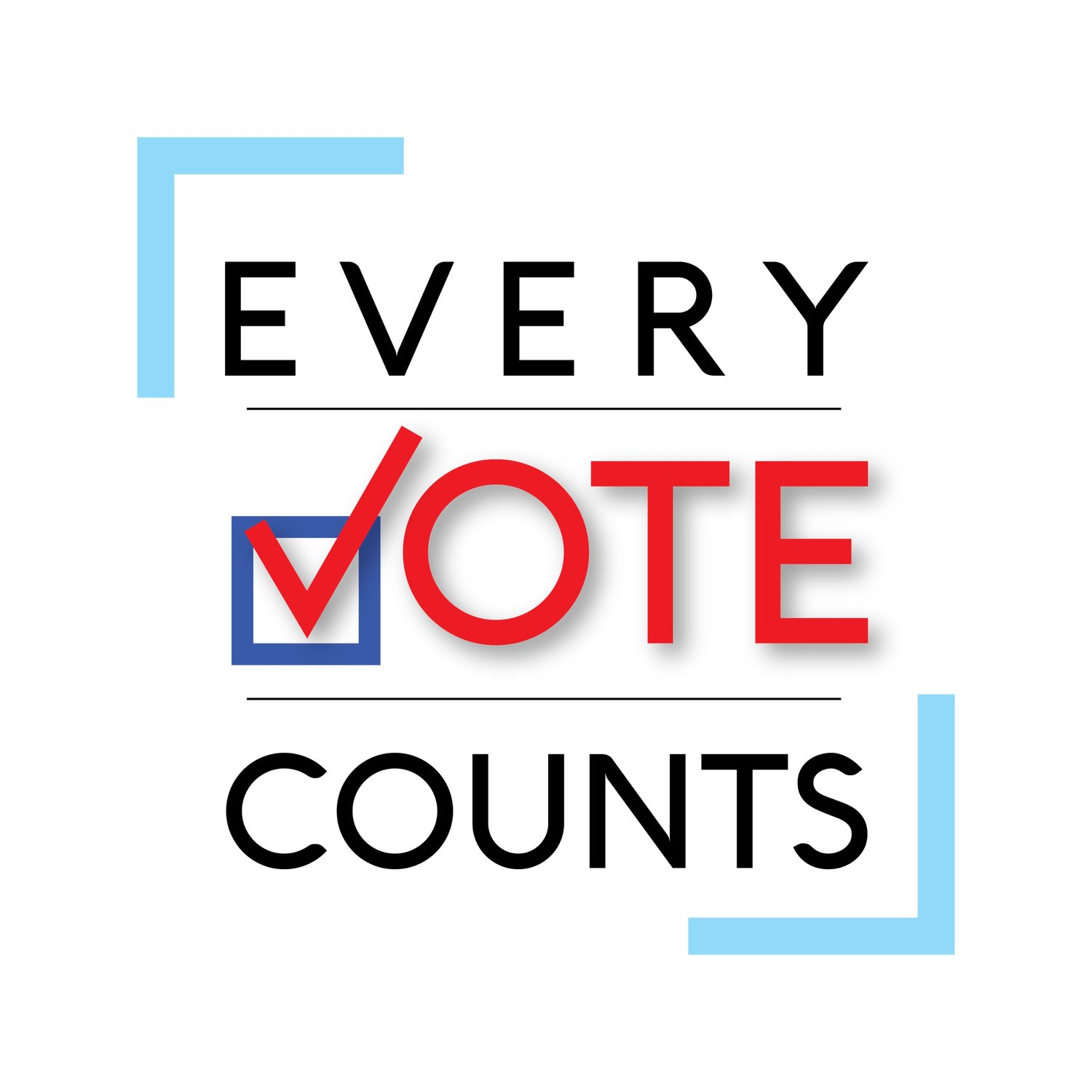Supporting Voters With Disabilities
The exclusion of voters with disabilities is not a partisan issue; it is a reflection of American society’s deep-rooted ableism and propensity to overlook historically marginalized groups. Without significant reform that begins now, the 2020 presidential election will continue to be inaccessible to voters with disabilities.
By Erin Baranko
As the US turns its attention from the midterms to the upcoming presidential election, there will be much debate about whether the increase in turnout seen across the country in 2018 will continue into 2020. Efforts to register new voters, especially young people, and limit the effects of voter suppression are at the forefront of this movement. But, there is an often disenfranchised portion of the American electorate that has not garnered enough attention: voters with disabilities.
There are more than 35 million voting-eligible Americans with disabilities. Yet, in 2016, the voter turnout rate among those with disabilities was 6.3 percent lower than that of voters without disabilities. To make matters worse, voter participation among people with disabilities has gone down over the past two presidential elections-- from 57.3 percent in 2008 to 56.8 percent in 2012 to 55.9 percent in 2016.
Several federal laws, primarily the Americans with Disabilities Act (ADA) and the Help America Vote Act (HAVA), protect the rights of voters with disabilities to cast a private and independent vote. These regulations aim to provide accessible voter registration, polling places, voting systems, and effective communication, and to ensure that voting policies and procedures do not discriminate against people with disabilities.
Yet, enforcement is insufficient. Americans with disabilities have reported being turned away because their polling location lacks a wheelchair accessible ramp, or because the accessible voting machine simply wasn’t powered on, or, astonishingly, because polling workers acted with such disdain that voters were too discouraged or ashamed to assert their right to reasonable accommodations. For example, Kathy Hoell of Nebraska, who uses a powered wheelchair as a result of a brain injury, recalls how poll workers told her that she was not smart enough to cast a ballot. According to an examination of 178 polling places on Election Day in 2016, 60 percent of polling places had one or more impediments outside the voting area and 65 percent had an impediment inside the building.
Clearly, greater attention is needed to bring states into compliance with federal law. Colorado, in particular, has made significant progress to address such shortcomings. Since 2002, Disability Law Colorado has visited every county in the state to check for accessibility barriers, meet with election clerks, and help bring polling places into compliance with ADA and HAVA standards. Now, each county’s compliance is audited during every election. As a result, Colorado has the second highest turnout rate of voters with disabilities, amounting to nearly 70%.
Other pro-voter legislation can ease the burden on voters with disabilities. Because individuals with disabilities are less likely to drive, and therefore less likely to carry a photo ID, voter ID laws disproportionately affect this group. States should shift away from this restrictive practice in order to encourage voters with disabilities to exercise their fundamental right to democratic participation. Additionally, Automatic voter registration (AVR) is a system in which eligible voters who interact with government agencies are registered to vote unless they choose to opt-out.
Often, AVR is done through interaction with the Department of Motor Vehicles. However, the “For the People Act,” recently passed through the House, also uses data from education and health care agencies. AVR removes the need for voters to fill out paper forms, a task that is often difficult or impossible for those with disabilities.
Increased enforcement of federal law and implementation of pro-voter policies are important first steps to providing Americans with disabilities the same ease, privacy, and independence as other voters. Ultimately, the exclusion of voters with disabilities is not a partisan issue; it is a reflection of American society’s deep-rooted ableism and propensity to overlook historically marginalized groups. Without significant reform that begins now, the 2020 presidential election will continue to be inaccessible to voters with disabilities.

